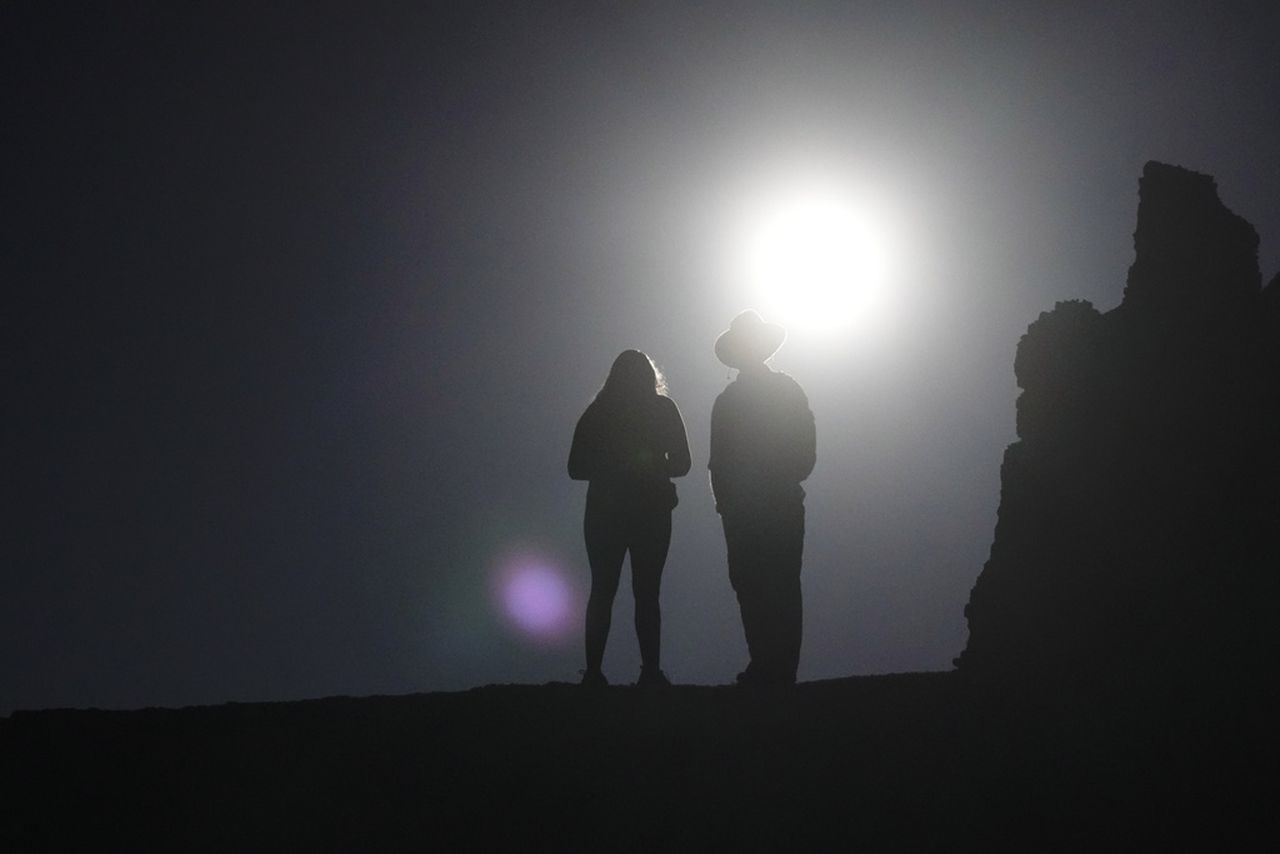Stunning âring of fireâ images captured of annular solar eclipse
Images of the rare “ring of fire” eclipse have been captured Saturday as millions across the country have waited with anticipation for a look.
Unlike a total solar eclipse, the moon doesn’t completely cover the sun during a ring of fire eclipse. When the moon lines up between Earth and the sun, it leaves a bright, blazing border.
Saturday’s path: Oregon, Nevada, Utah, New Mexico and Texas in the U.S., with a sliver of California, Arizona and Colorado. Next: Mexico’s Yucatan Peninsula, Belize, Honduras, Nicaragua, Costa Rica, Panama, Colombia and Brazil. Much of the rest of the Western Hemisphere gets a partial eclipse.
A solar eclipse occurs when the moon passes between the sun and the Earth while it as its farthest point from the Earth. The moon is farther away from than usual for this eclipse, appearing smaller than the sun and not completely covering it, creating the “ring of fire” effect.
RELATED: James Spann’s tips for fans headed to Alabama game during eclipse
Saturday’s annular solar eclipse is different from a total eclipse, the next of which is expected to occur in April and will be the last opportunity for people in the states to catch a glimpse of a ring of fire for a number of years.
The Associated Press contributed to this report.
